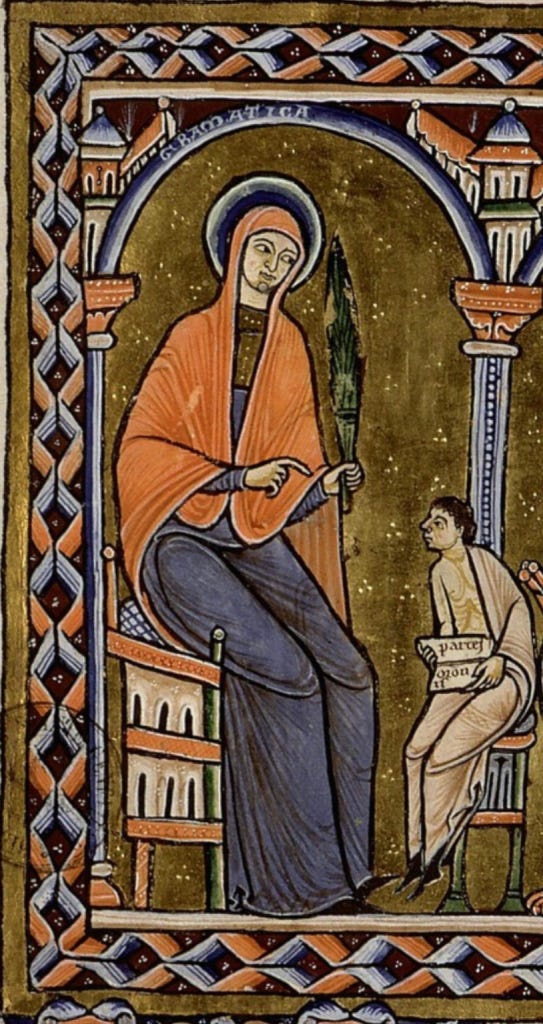From duae linguae to Duolingo

Perhaps there is some comfort for any learner struggling with the first baby steps in a given area of study that others before them shared the same struggle and walked the same path, teeterin…
Keep reading with a 7-day free trial
Subscribe to Biblonia to keep reading this post and get 7 days of free access to the full post archives.

